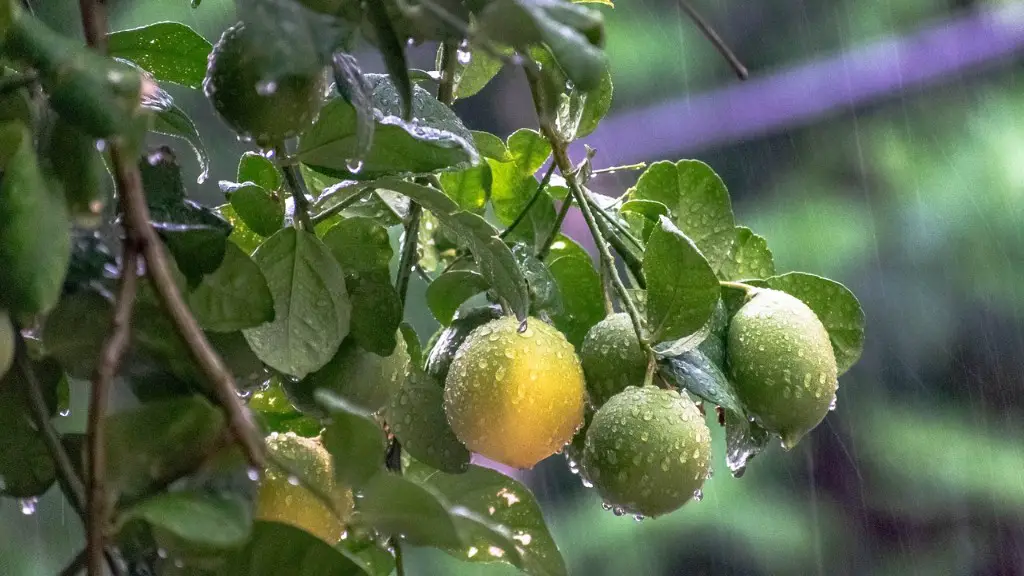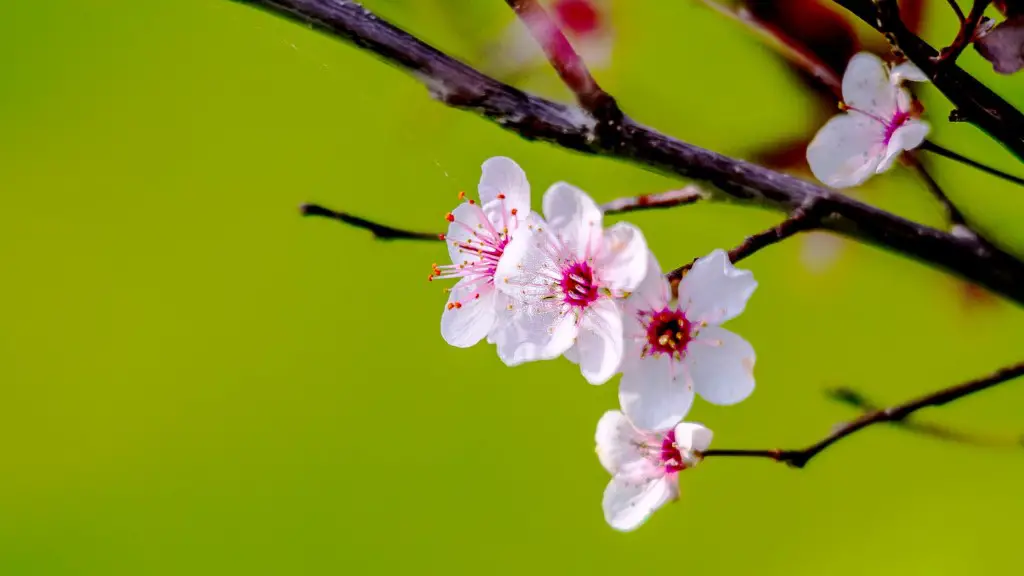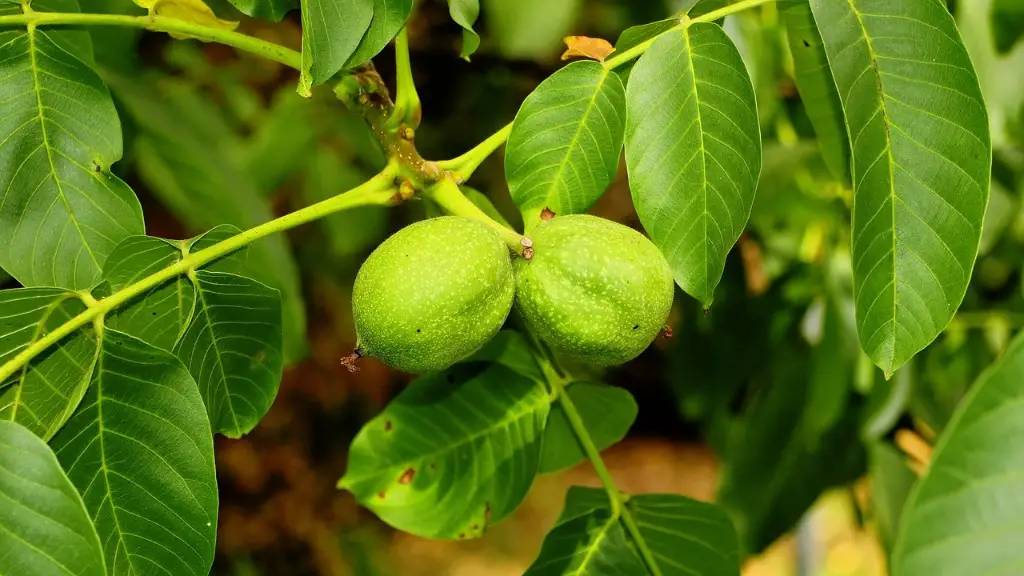Caring for a potted lemon tree in winter is becoming more and more popular among gardeners. It’s an easy and efficient way to grow lemons all year round. But, to keep it healthy, there are a few things you should consider. Here are the tips for winter lemon tree care.
Firstly, make sure it is receiving enough light. The lemon tree should get at least 8 hours of sunlight every day, but in the winter months it may be difficult to find enough sunlight. If you live in a particularly cold climate, try adding extra grow lights to your set up to keep your lemon tree strong throughout the season.
Secondly, keep the soil moist but not soggy. When watering your tree, be sure not to overwater it. Aim to give it enough water to keep the soil moist but not soggy. It’s important to monitor soil moisture by checking it regularly and make adjustments as needs dictate.
Thirdly, provide the right temperature. Lemon trees prefer a warm environment, so temperature need to be kept in the range of 20 to 25oC. To help keep your lemon tree warm throughout the winter, you can use a small heater to keep the temperature at the right level.
Fourthly, feed it the proper nutrients. Lemon trees need fertilizer to ensure long and healthy growth. Ideally, choose a fertilizer specifically formulated for lemon trees, as it contains all the nutrients that the tree needs for proper development. After fertilizing, water the soil to help absorb the nutrients.
Fifthly, prune the tree for optimum growth. Pruning is essential when it comes to keeping your lemon tree healthy during the winter months. Prune off any dead leaves and shoots, and remove any diseased branches. Doing so will help promote healthy growth and ensure your tree continues to produce fruit in the new season.
Finally, protect it from cold weather. If the temperature gets too cold, it can be damaging to your lemon tree. To protect it, you can wrap the pot in a blanket or even place it inside a plastic bag. Doing this will help keep the temperature in a comfortable range and help keep your tree safe during the colder months.
Protecting the Lemon Tree From Frost
Frost can be a real danger to potted lemon trees in the winter. To protect your tree, it’s important to cover it before the temperature drops below 0oC. Sheets or blankets are the best option for covering your tree, as they help to keep temperatures moderate and protect the leaves from direct frost. It’s also a good idea to cover the soil with a thick layer of mulch to help insulate it from the cold.
When using coverings, ensure that they are loose enough to allow air to circulate, but tight enough to protect the tree from frost. Additionally, be sure to check the condition of your tree regularly to see if the coverings are still in place and to make sure that the foliage is not damaged.
Finally, if you happen to notice any damage to the leaves due to frost, it’s important to prune them off as soon as possible. Doing so will help protect the tree from further damage and ensure that it continues to produce healthy fruit.
Minimizing Pest Damage in Winter
Pest infestations can be a real issue when it comes to winter lemon tree care. To keep pests away, it’s important to monitor your tree regularly and remove any signs of pests if you see them. Additionally, be sure to cover the soil with a thick layer of mulch and use natural pest control methods such as neem oil and sticky traps to keep pests away. Doing so will help keep your lemon tree healthy during the winter months.
Additionally, it’s important to keep your lemon tree clean and free of any fallen leaves and debris. Doing so will make it less likely for pests to take up residence in your tree and will keep it healthy throughout the season.
Finally, it’s essential to monitor the weather. If it looks like a frost is coming, be sure to cover the tree quickly to protect it from any damage.
Winter Pruning Methods
Prune your lemon tree throughout the winter to ensure healthy growth. Prune away any dead leaves and spears, and remove any diseased branches. Additionally, prune away any branches that are growing too close to the trunk in order to encourage more growth. Finally, be sure to prune away any sucker branches at the base of the tree to prevent the development of new branches.
When pruning, it’s best to use sharp pruners for clean cuts, as this helps to prevent disease and decay. Additionally, it’s a good idea to disinfect your pruners in hot water and rubbing alcohol between cuts to help keep your tree healthy.
Finally, it’s essential to keep an eye out for any signs of disease or insect damage when pruning your tree. If you notice any signs of either, it’s important to take action quickly to prevent any further damage.
Winter Mulching Techniques
Mulching is an important part of winter lemon tree care. By mulching your tree, you can help protect it from the cold and insulate the soil. The type of mulch you choose will depend on the climate you live in and the amount of protection your tree needs. Generally, organic mulches such as wood chips and straw are the best option as they help to keep the soil warm and moist.
When mulching, it’s important to cover the entire root system and make sure the mulch is not too deep. Additionally, make sure not to cover any stems or branches as this could increase the risk of disease. Finally, be sure to check your tree regularly to make sure the mulch has not rotted away.
Winter Transplanting Techniques
Winter is a great time to transplant your lemon tree. This is because the cooler temperatures and reduced sunlight help to promote healthy root growth. To get started, it’s a good idea to choose a large pot that is well-draining and offers enough space for the roots to expand. Additionally, it’s important to make sure the pot has drainage holes at the bottom to prevent waterlogging.
When transplanting, you should take care to leave a little bit of space between the roots and the pot. This will help to ensure better aeration and moisture retention. Additionally, it’s important to ensure that the soil is dry before transplanting, as wet soil can create problems during the transition and make it harder for the roots to take hold.
Once you’ve finished transplanting, it’s important to water the tree deeply and allow it to adjust to its new environment. Monitor it regularly and ensure that the soil is kept moist during this time. Doing so will help promote healthy root growth and ensure that the tree adjusts easily to its new pot.




